- Get link
- X
- Other Apps
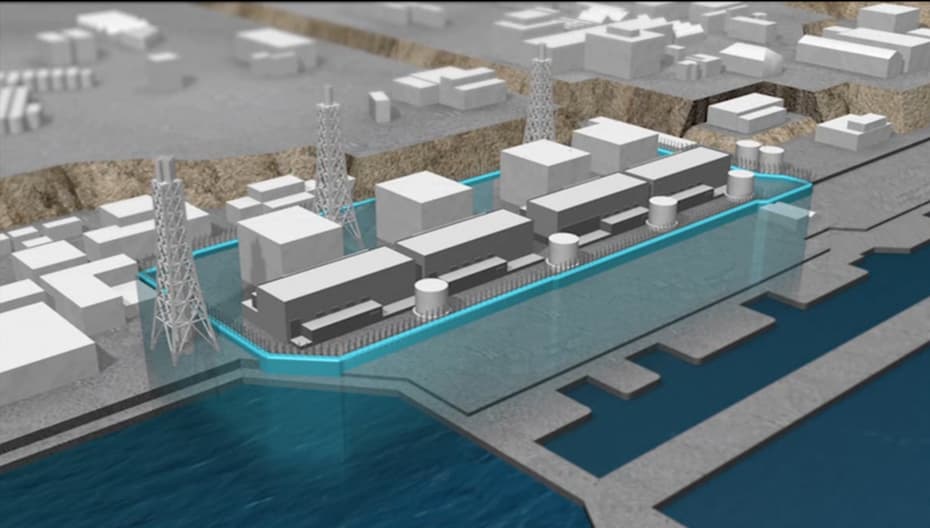
Among other problems that stand in the way of “stripping” the Japanese nuclear power plant Fukushima-1, there is the threat of the spread of radioactive water from the cooling pools of the station into flowing river waters. To solve this problem, the Japanese government decided to build an underground wall of ice around the station, freezing soil around the station's perimeter to stop the spread of contaminated materials.
Building an ice wall at first glance seems like an idea taken from some kind of science fiction. However, this technology was also used long before the Fukushima-1 accident. Most often, such a conservation technique was used in the construction of mines, although, of course, the scale was much more modest than the current ones. In this case, the cooler is a special liquid that is cooled to a temperature of -30 degrees Celsius and is fed through a pipe channel buried to a depth of 30 meters.
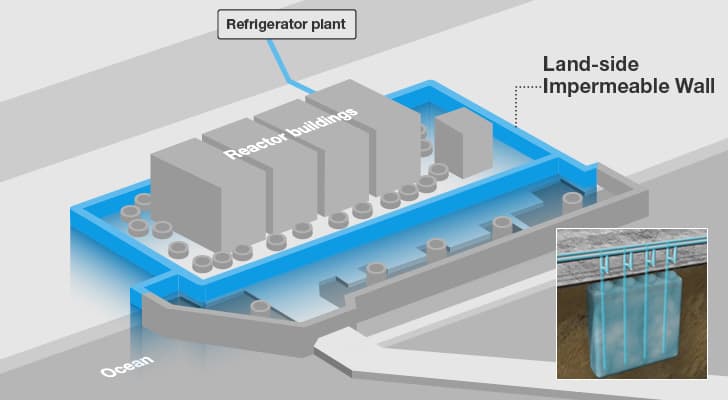
Recently, scientists have discovered an increased level of radiation in samples of seawater located near the reactors of the station. The bottom line is that the radiation leak is so great that some samples of Japanese radioactive water were found even off the west coast of the United States. Therefore, the problem had to be solved as soon as possible. But since the radiation level inside the station still remains deadly high (which even disables the robots sent there), the construction of the ice wall seemed to be the only true solution to this issue.
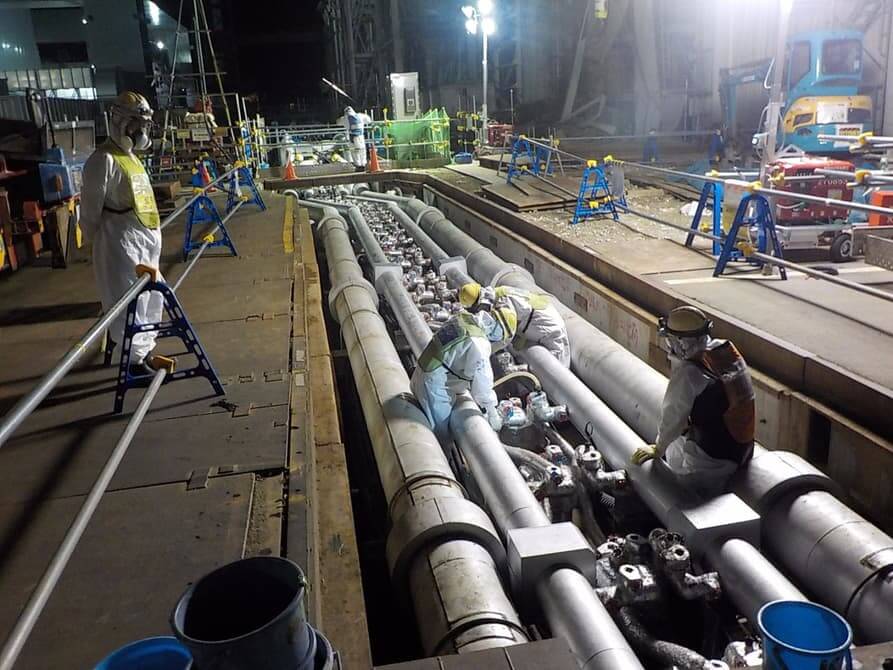
The construction of the ice sheet began in 2014 and is finally completed. The Japanese organization, which regulates the country's nuclear industry, gave a green light to the launch of the wall this week on Wednesday. The activation of the ice barrier is planned in several stages, but 95 percent of the installation is already operating at full capacity. Tepco, the owner of the plant, reports that the residual gap in the system will reduce the load on the system and retain the groundwater accumulated there, without exerting strong pressure on the lower blocks of the station. Recall that in the basement of the station (due to the peculiarity of the accident) 400 tons of groundwater fall daily. The residual gap allows to reduce the load and prevents the splashing of the radioactive water itself to the surface.
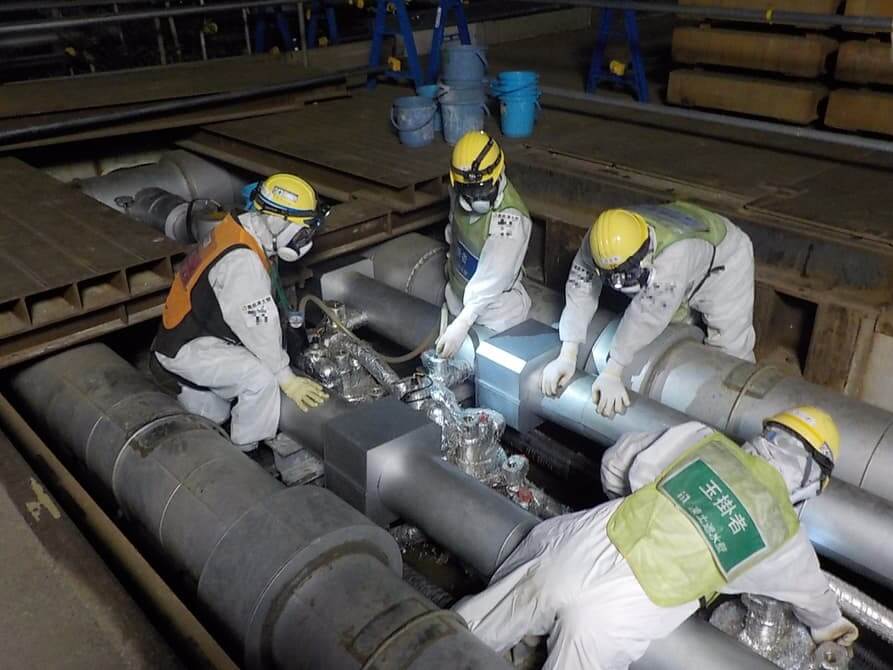
Refrigerant injection into the ice wall system
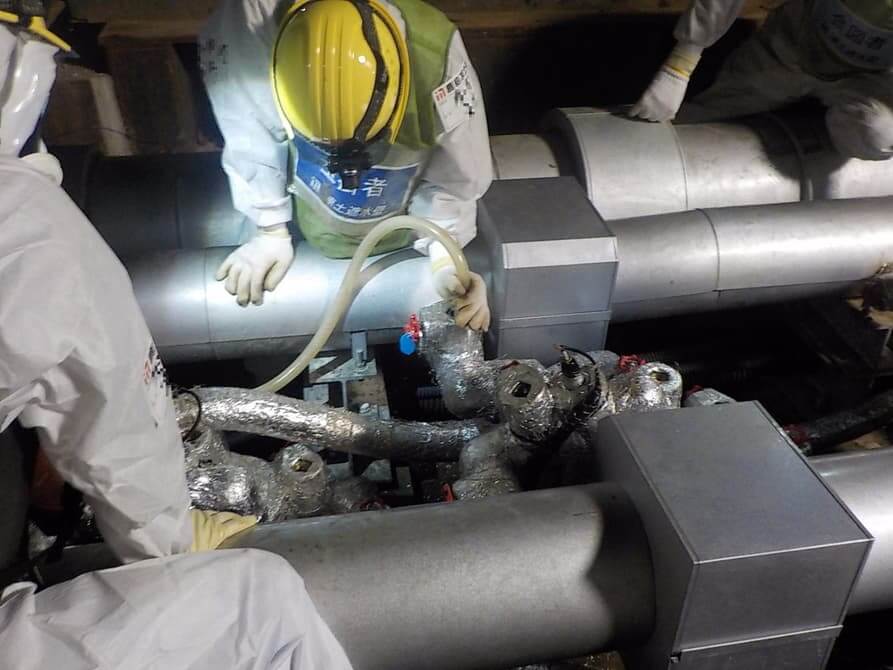
As soon as the engineers are convinced of the reliability of the first launched part of the ice wall (which, according to estimates, should reduce the flow of groundwater into the station by 50 percent), a decision will be made to activate the entire perimeter of the wall around the four reactors of the station. The Japanese side has not yet named specific dates, but, most likely, the process will take several months.
The article is based on materials .
- Get link
- X
- Other Apps
Comments
Post a Comment